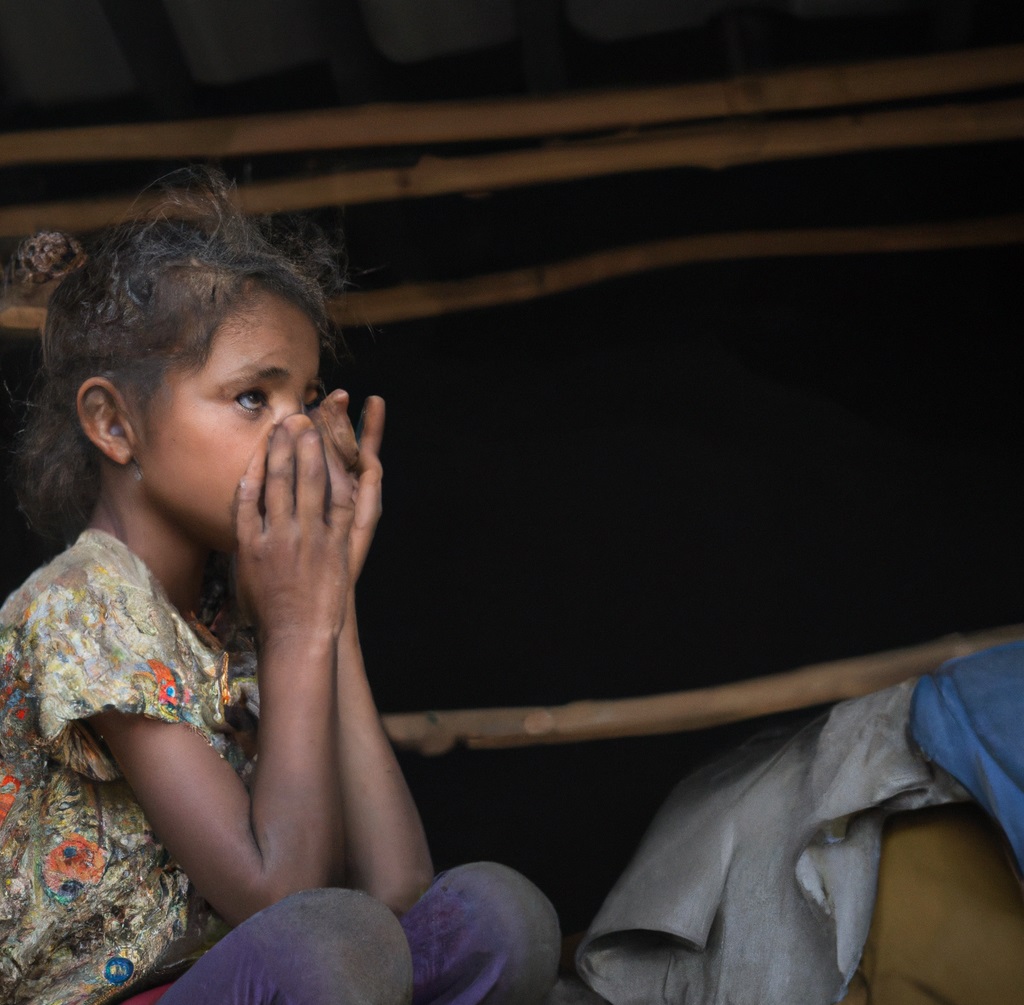
Environmental Portraiture: Telling Stories Through Captivating Portraits
Environmental portraiture is a captivating genre that goes beyond traditional portrait photography, aiming to tell a story by incorporating the subject’s surroundings. In this exploration of the art of environmental portraiture, we will delve into the techniques and considerations that make this style distinctive. From choosing locations that complement your subject to using natural light effectively, this guide will help you create candid yet visually striking portraits that convey the essence of your subjects within the context of their environment.
- Choosing Meaningful Locations: The first step in environmental portraiture is selecting locations that add depth and context to your portraits. Consider places that hold significance for your subjects, whether it’s their home, workplace, or a location that resonates with their personality or story. The chosen environment becomes an integral part of the narrative you aim to convey.
- Understanding the Role of Natural Light: Natural light plays a crucial role in environmental portraiture. Take advantage of the available ambient light to create a soft and flattering illumination that complements your subject. Be mindful of the direction, quality, and intensity of light, adjusting your positioning or the subject’s pose accordingly.
- Blending Subjects with Surroundings: For environmental portraits, the goal is to seamlessly blend your subjects with their surroundings. Pay attention to the color palette, textures, and overall atmosphere of the location. Strive for a harmonious composition where the subject becomes an organic part of the environment, creating a visually cohesive and compelling narrative.
- Candid Moments and Authentic Expressions: Encourage natural and candid moments to capture authentic expressions. The environment can evoke genuine reactions from your subjects, adding a layer of authenticity to your portraits. Engage with your subjects, make them feel comfortable, and be patient to capture those unguarded moments that reveal their true selves.
- Using Aperture to Control Depth of Field: Controlling depth of field is a powerful tool in environmental portraiture. Use a wide aperture (low f-number) to create a shallow depth of field, isolating your subject from the background and emphasizing their presence. Experiment with different apertures to find the right balance between subject and surroundings.
- Exploring Different Angles and Perspectives: Experiment with various angles and perspectives to add visual interest to your environmental portraits. Capture shots from high or low vantage points, incorporate framing elements from the surroundings, and explore unique viewpoints that highlight both the subject and the environment.
- Adapting to Changing Conditions: Environmental portraiture often involves shooting outdoors, where conditions can change rapidly. Be adaptable and ready to embrace unexpected elements such as changing light, weather, or environmental factors. Flexibility allows you to turn challenges into creative opportunities.
- Storytelling through Composition: Composition is a key storytelling element in environmental portraiture. Pay attention to the arrangement of elements within the frame, emphasizing the relationship between the subject and their surroundings. Use leading lines, framing, and negative space to guide the viewer’s eye and convey the intended narrative.
- Post-Processing to Enhance the Narrative: Post-processing can enhance the narrative of your environmental portraits. Fine-tune color balance, contrast, and exposure to ensure a cohesive and visually appealing result. Consider applying subtle adjustments that enhance the mood without overshadowing the authenticity of the scene.
Conclusion:
Environmental portraiture is a powerful means of storytelling through photography, allowing you to capture the essence of your subjects within the context of their surroundings. By choosing meaningful locations, understanding the role of natural light, blending subjects with their environment, capturing candid moments, using aperture to control depth of field, exploring different angles, adapting to changing conditions, focusing on storytelling through composition, and applying thoughtful post-processing, you can create portraits that not only showcase the individual but also tell a compelling and visually rich story. Embrace the unique opportunities that environmental portraiture presents and let your creativity unfold in the vibrant tapestry of your subjects’ lives.
Search blog
Recent articles
- Travel Photography Tips: Documenting Your Adventures Through the Lens December 31, 2023
- Understanding Depth of Field: A Guide to Achieving Striking Focus December 31, 2023
- Environmental Portraiture: Telling Stories Through Captivating Portraits December 31, 2023
- The Power of Post-Processing: Enhancing Your Photos with Editing Techniques December 31, 2023
- Capturing Motion: A Guide to Action Photography Techniques December 31, 2023